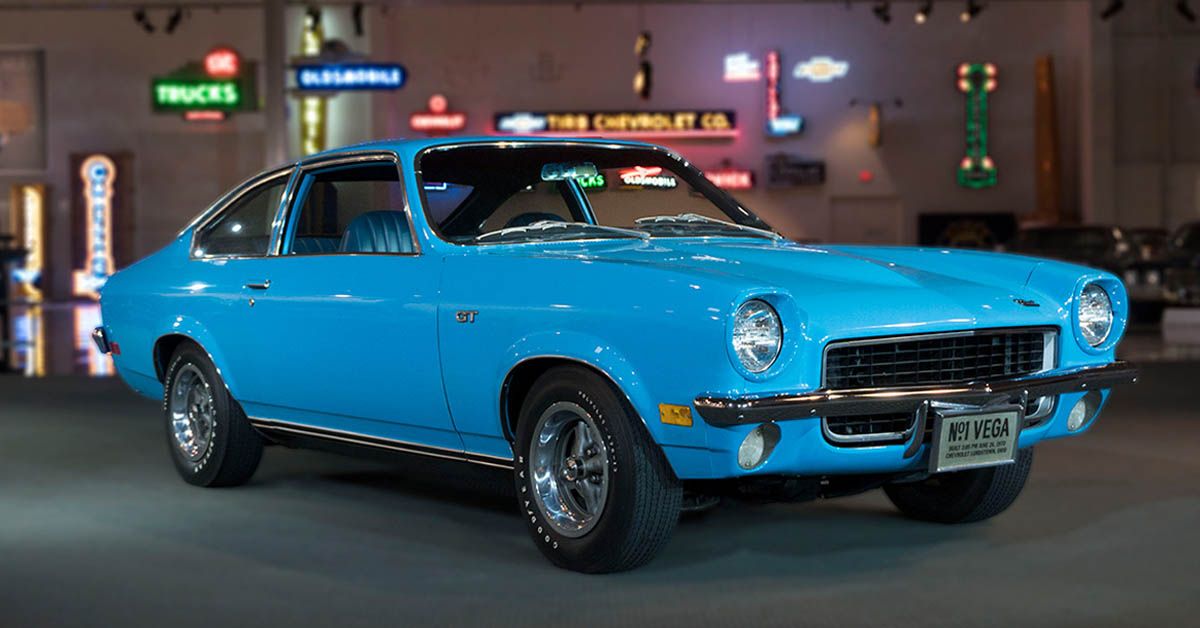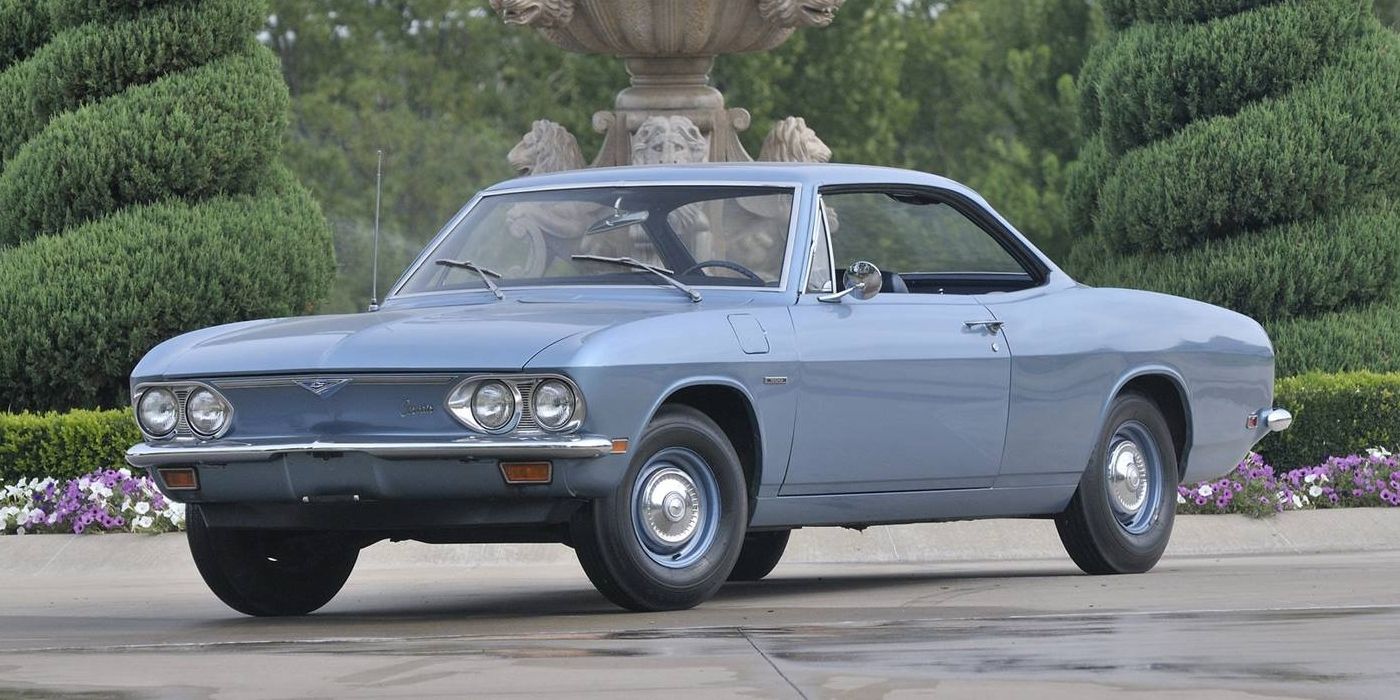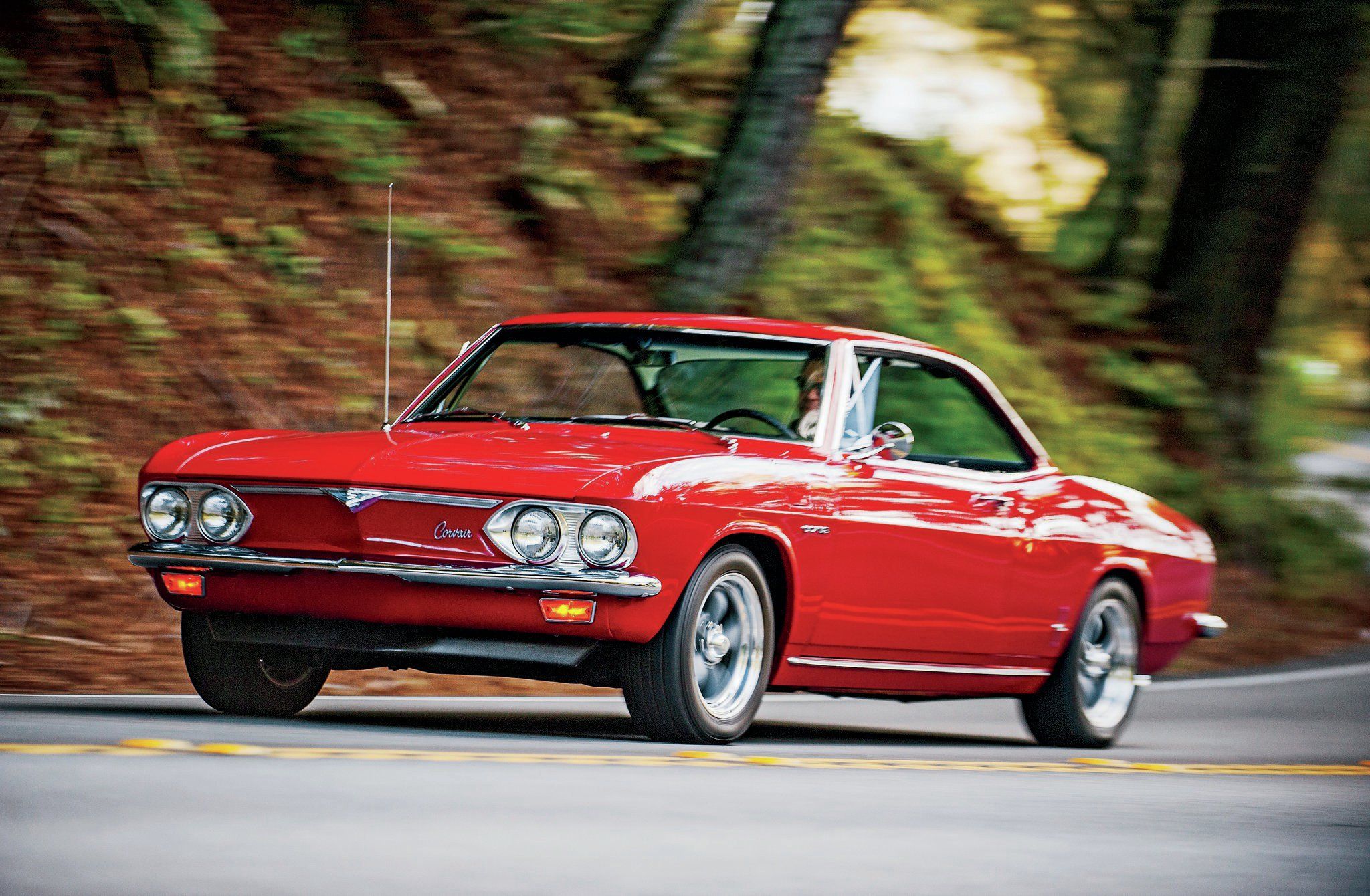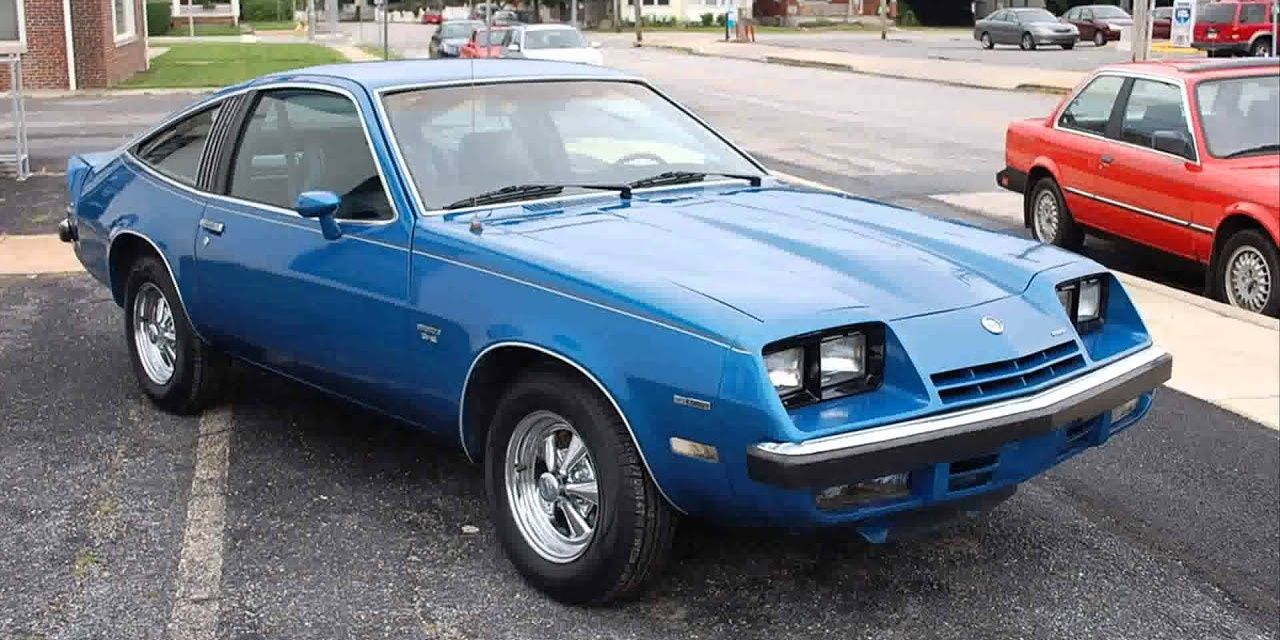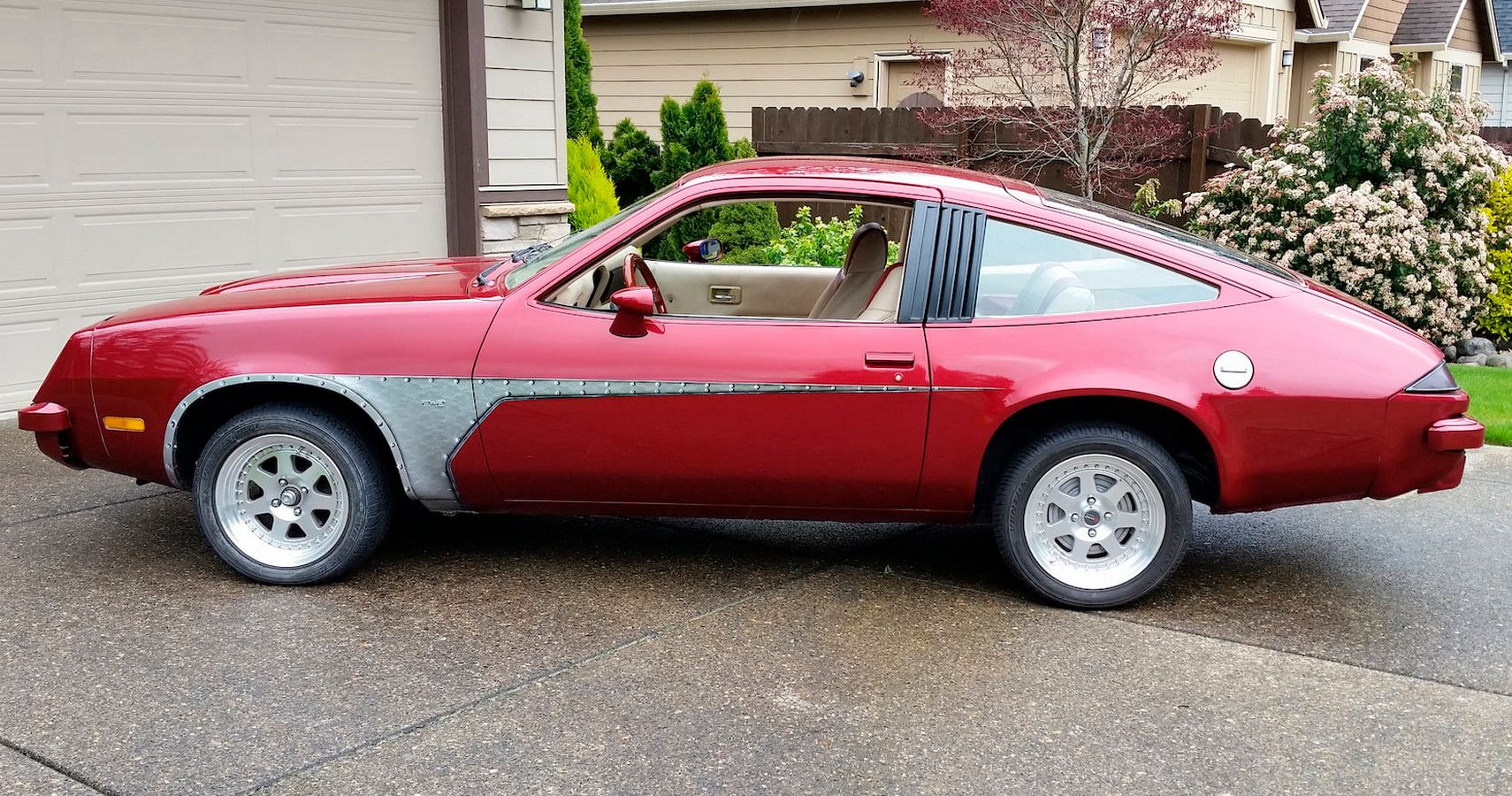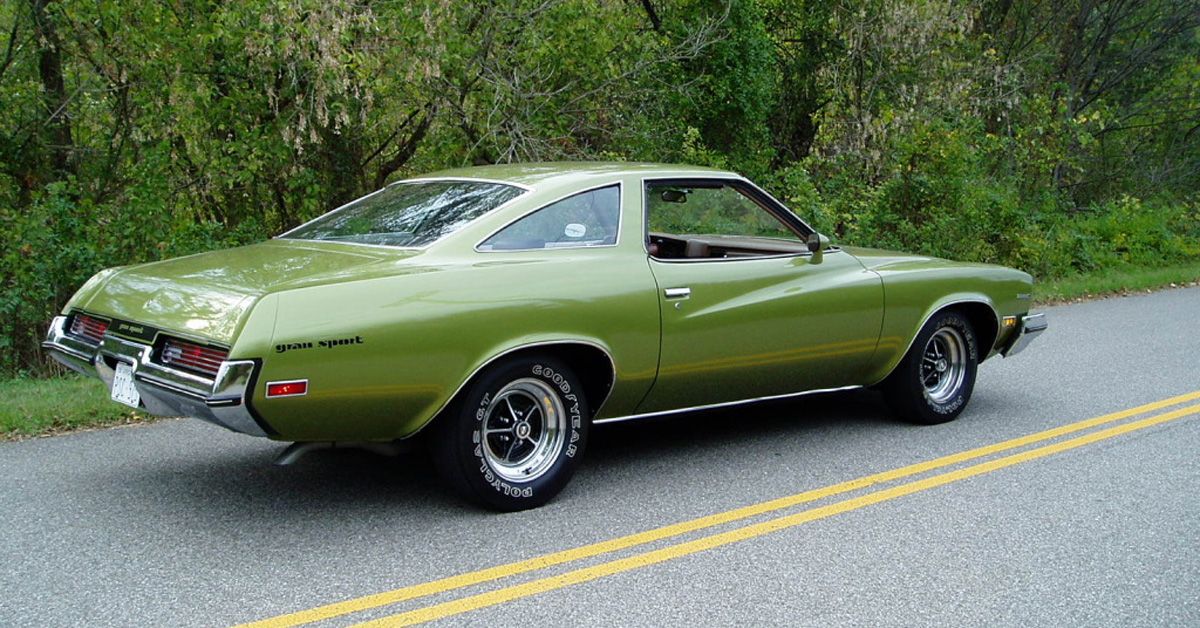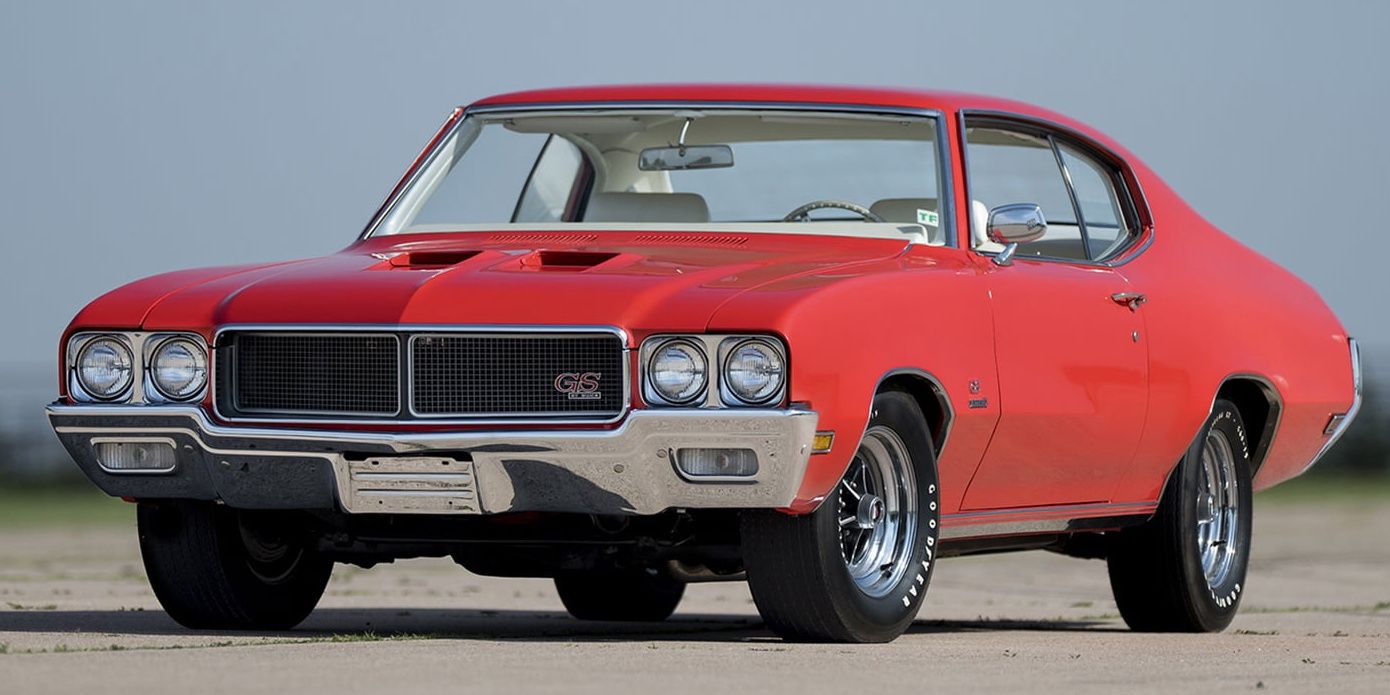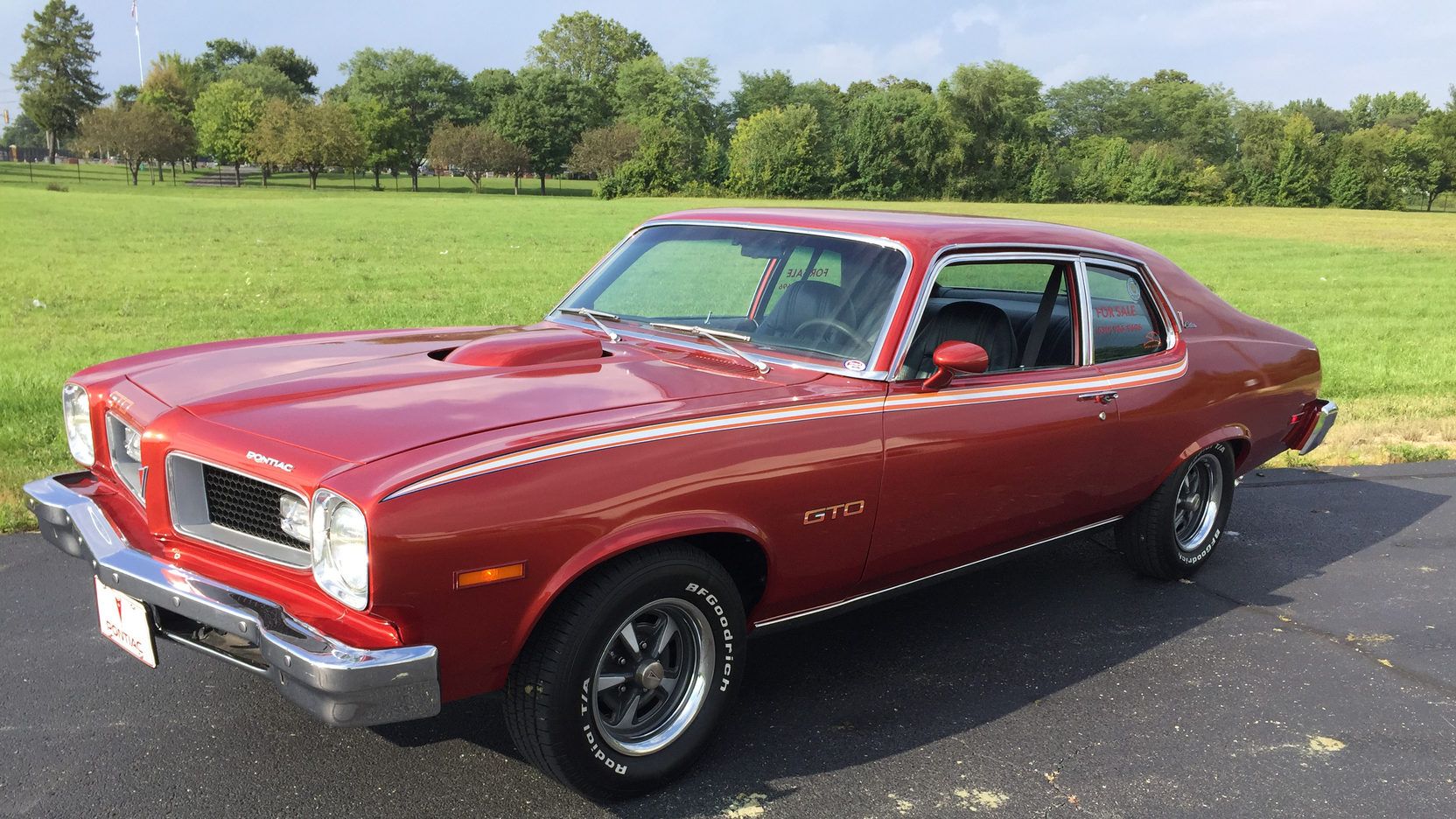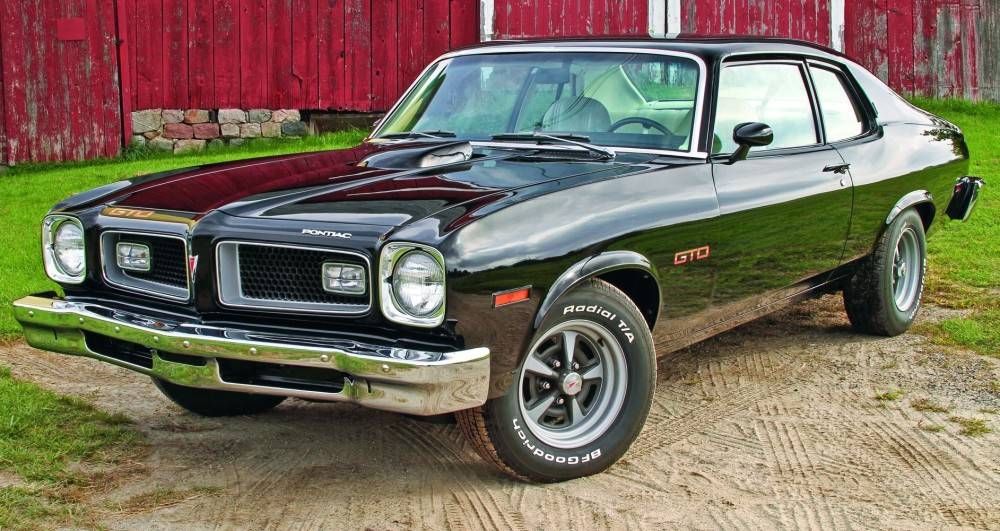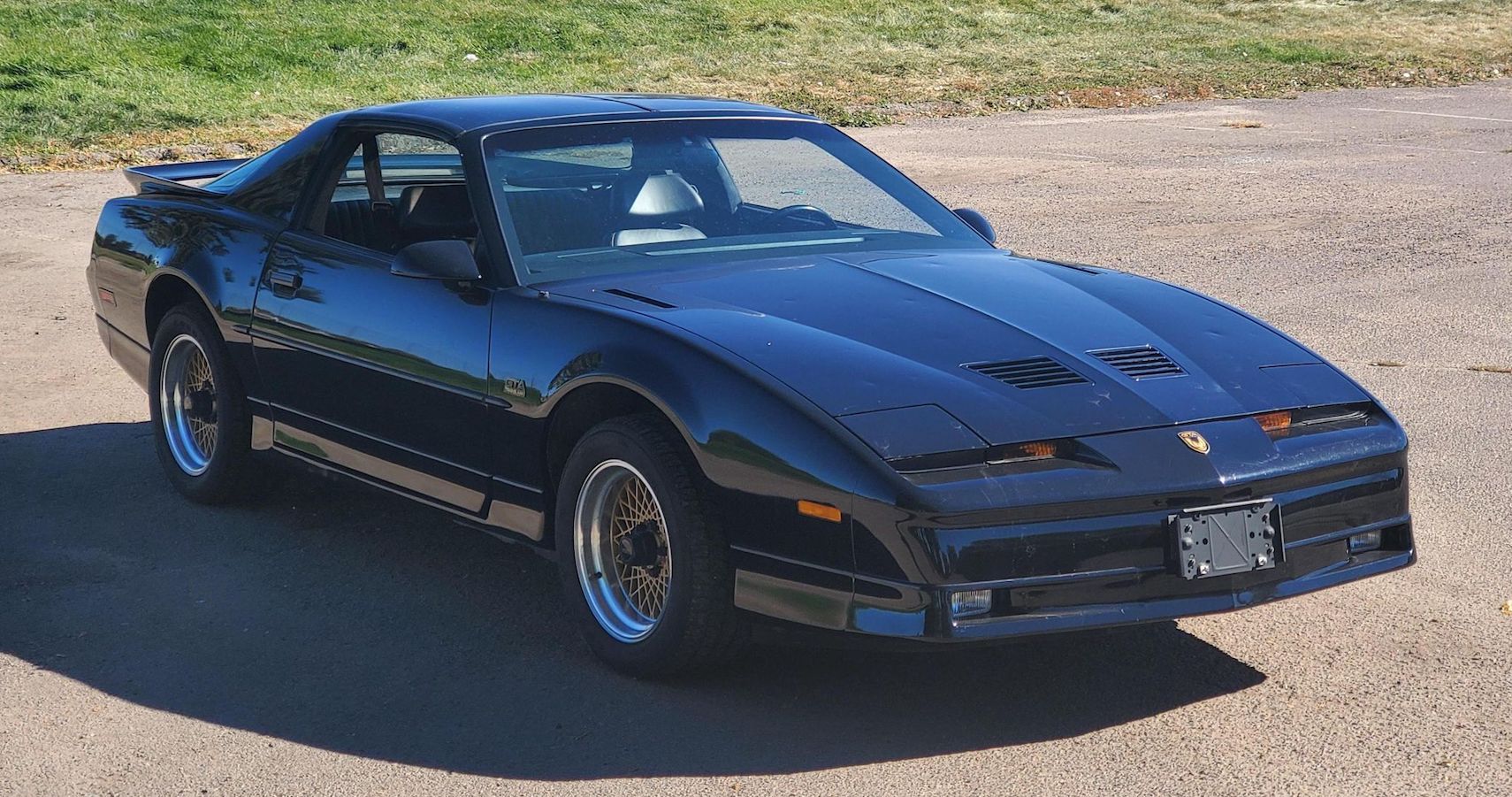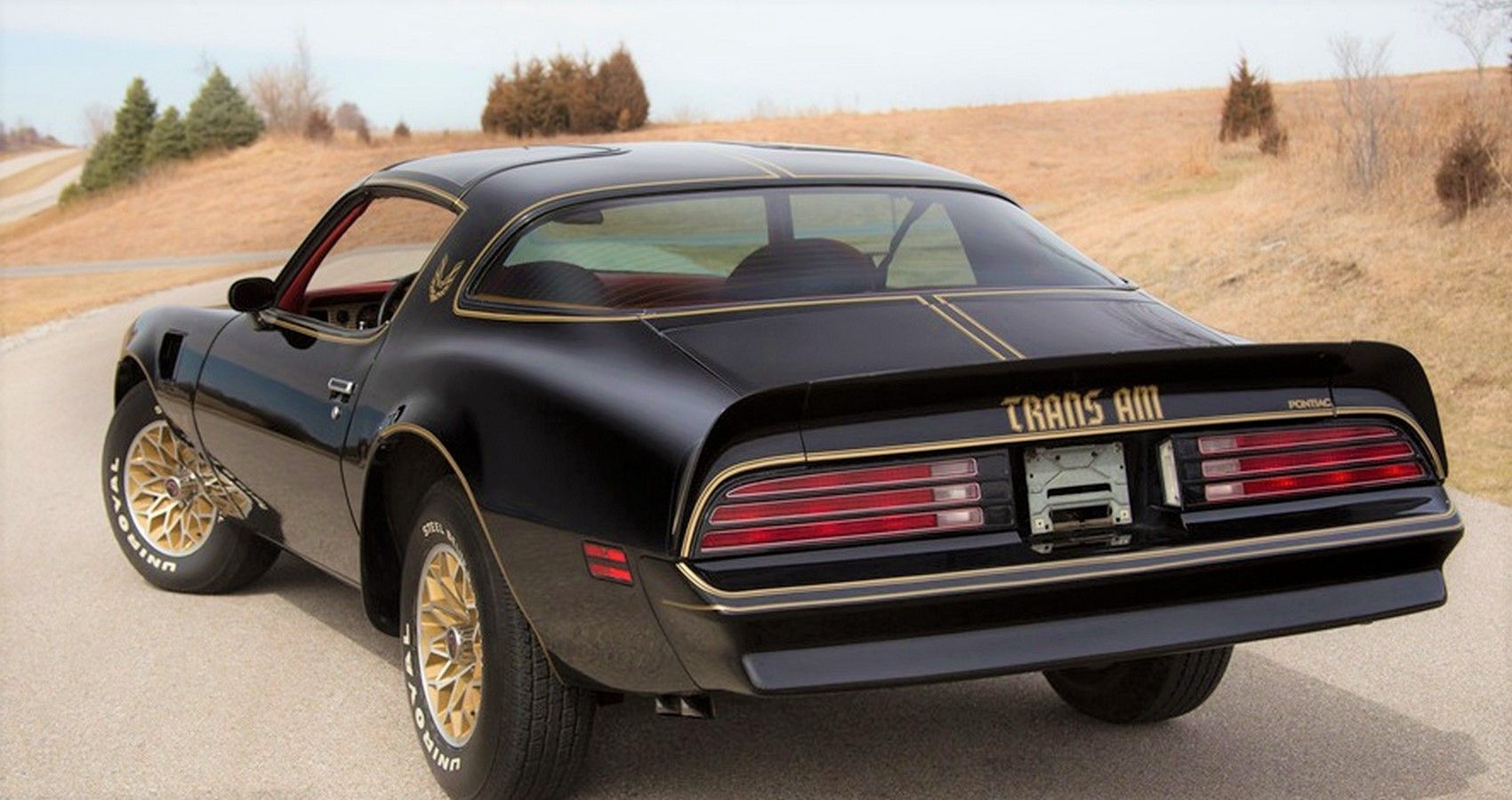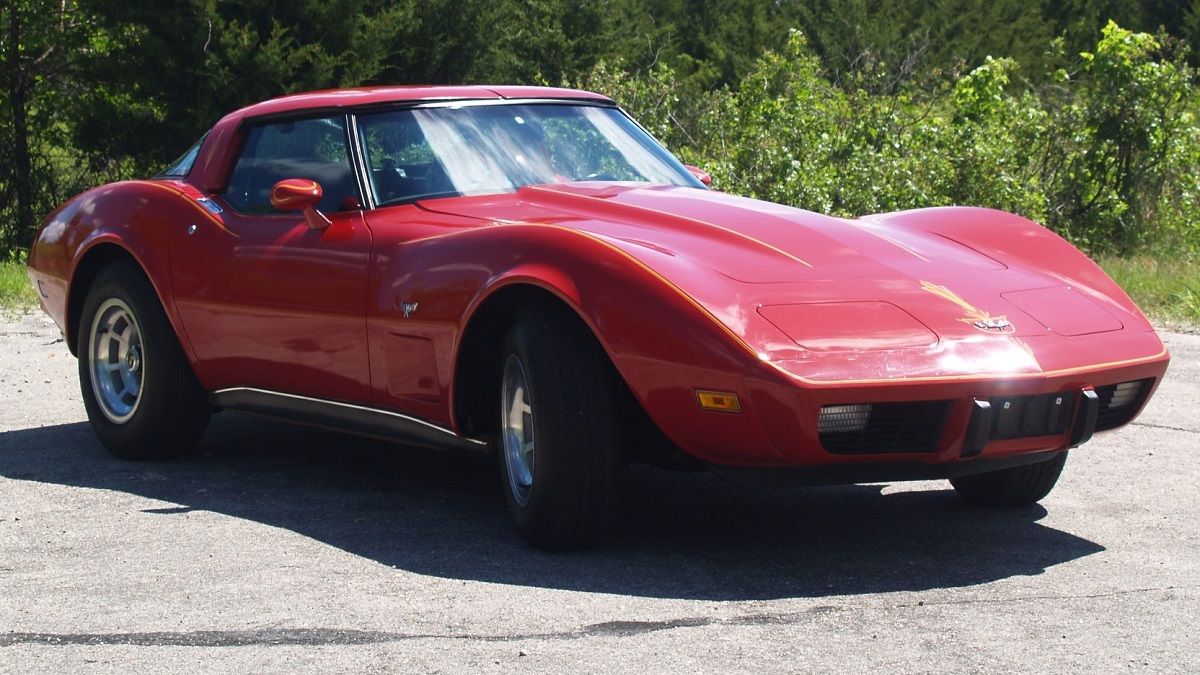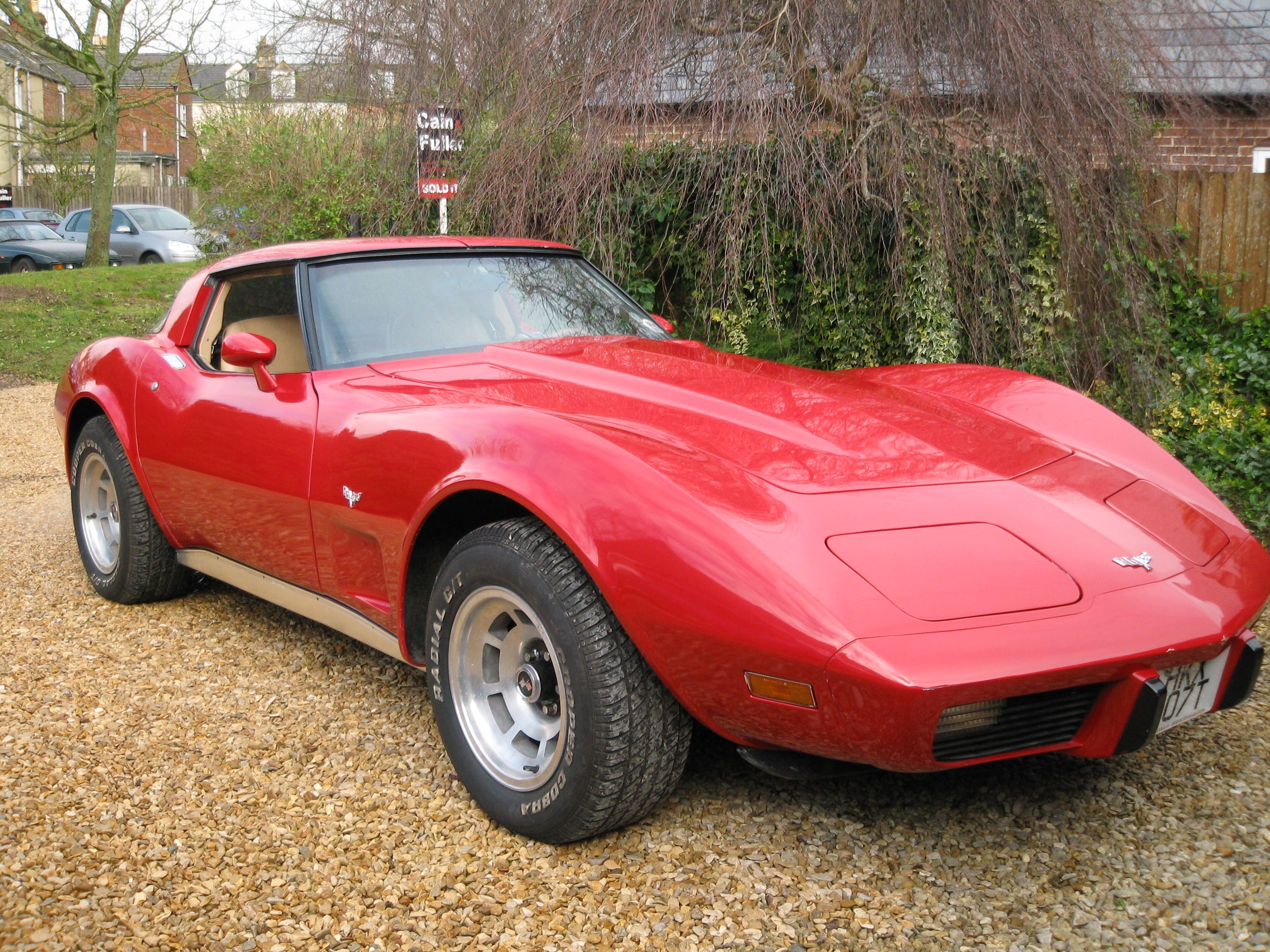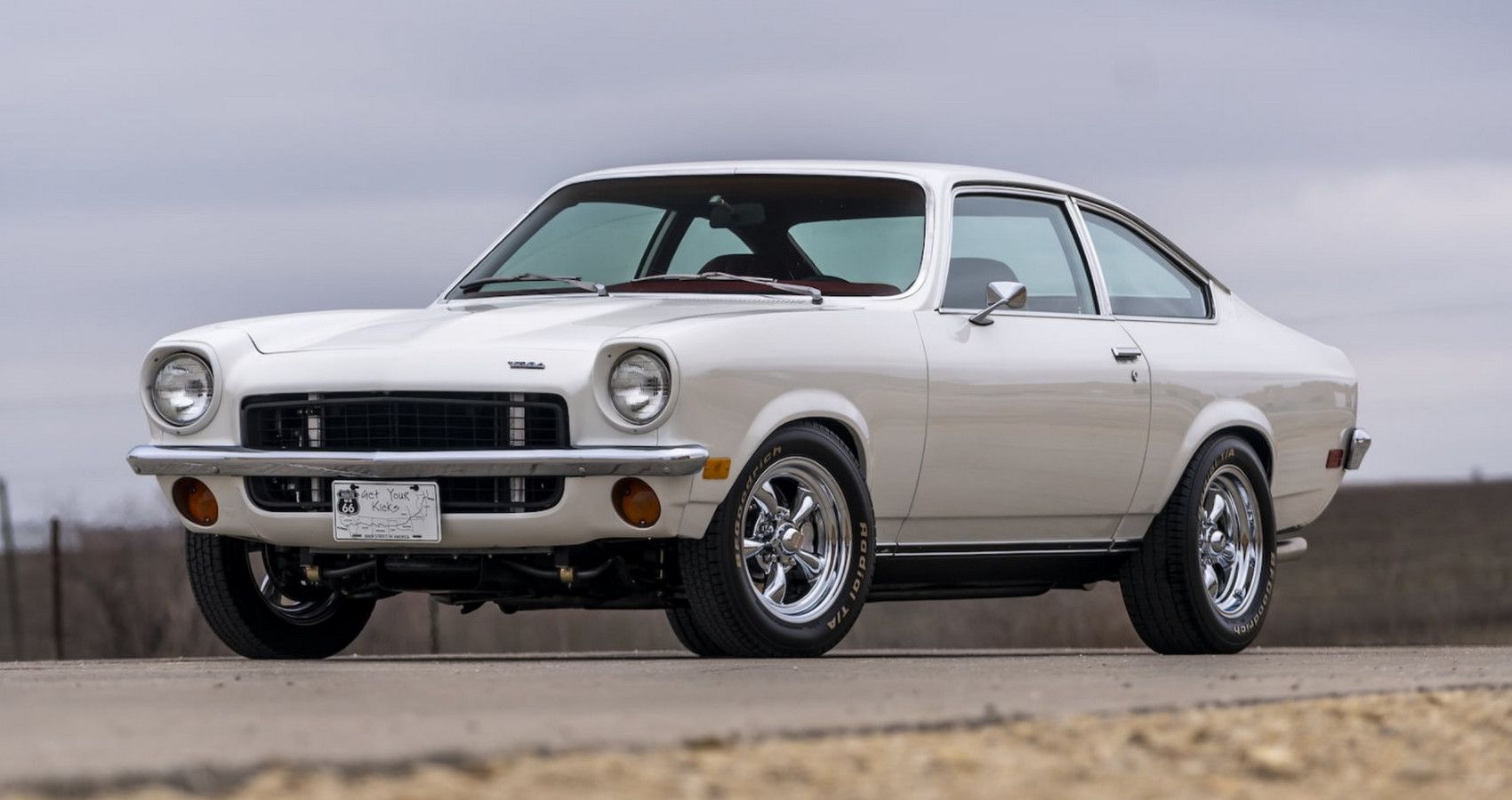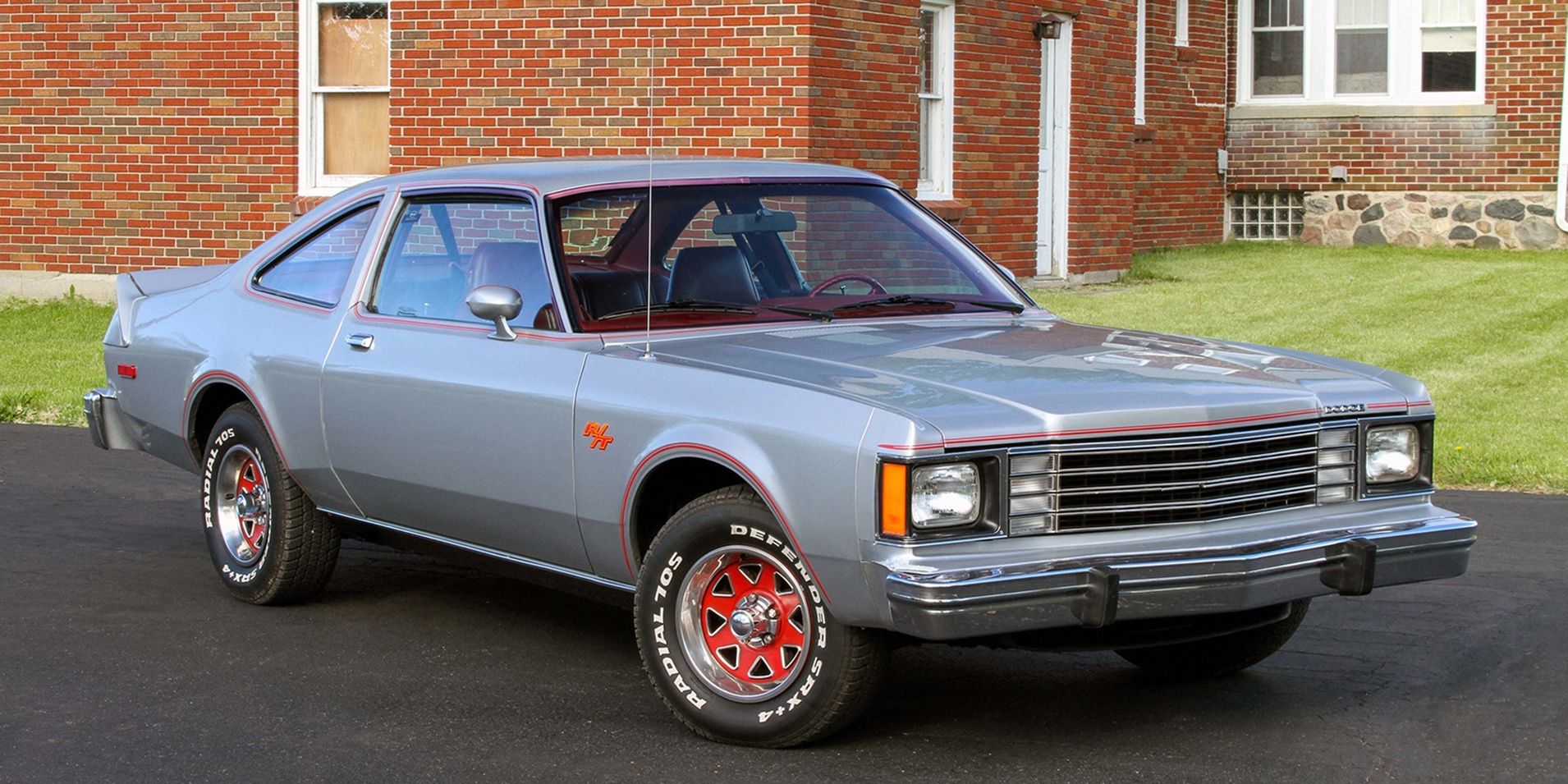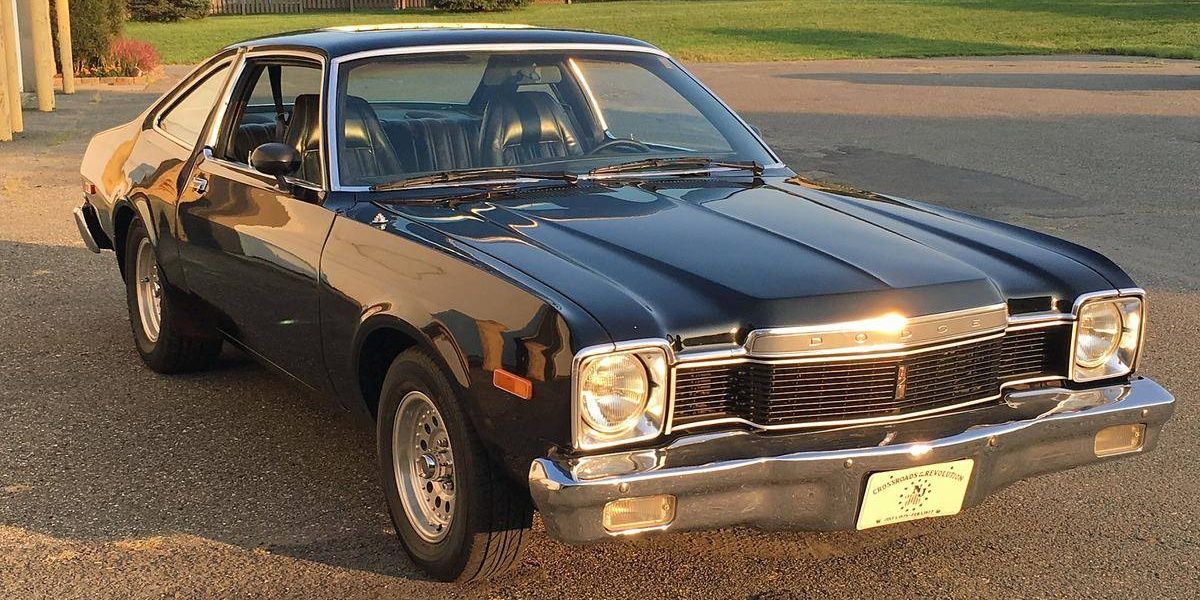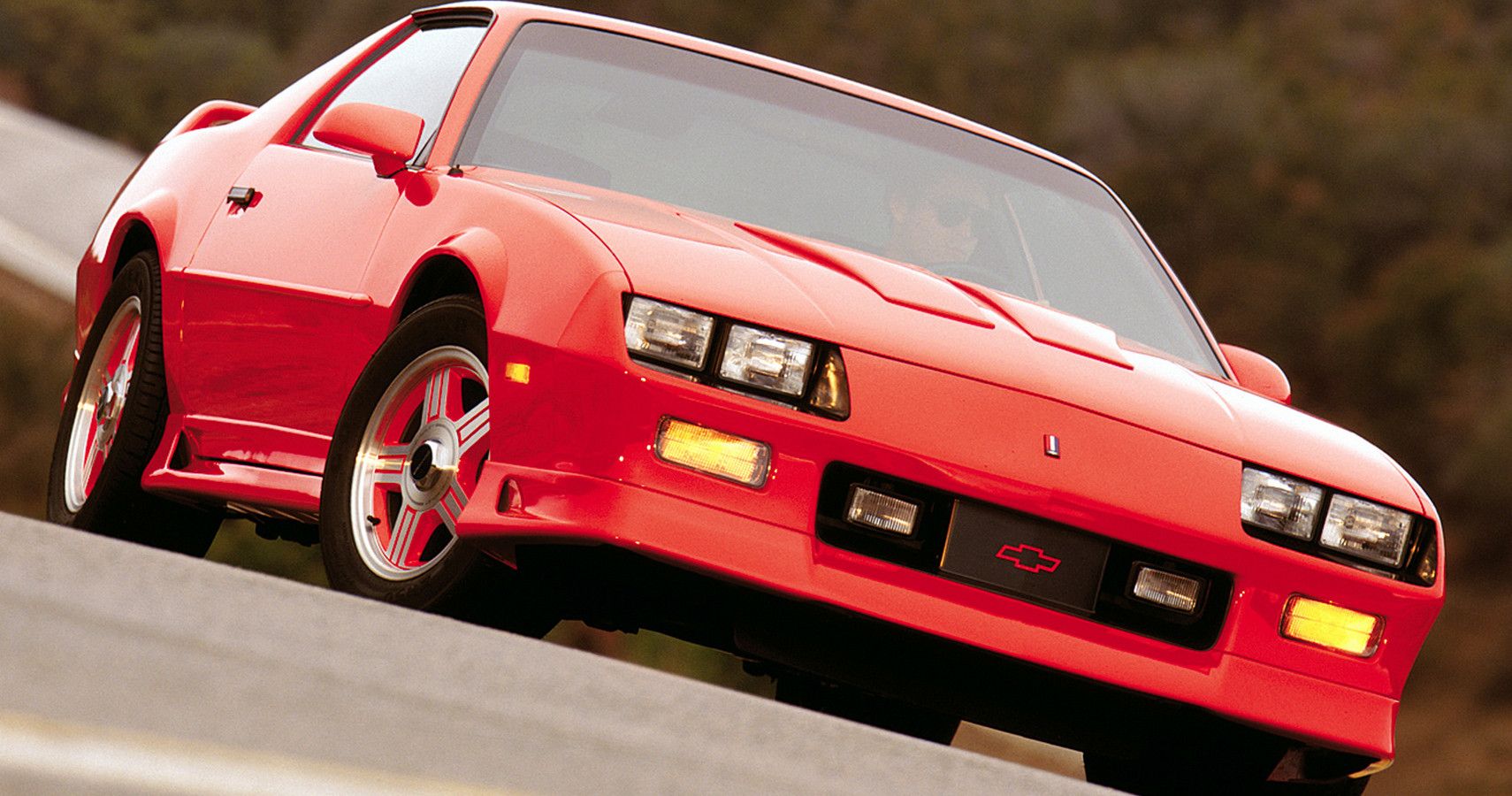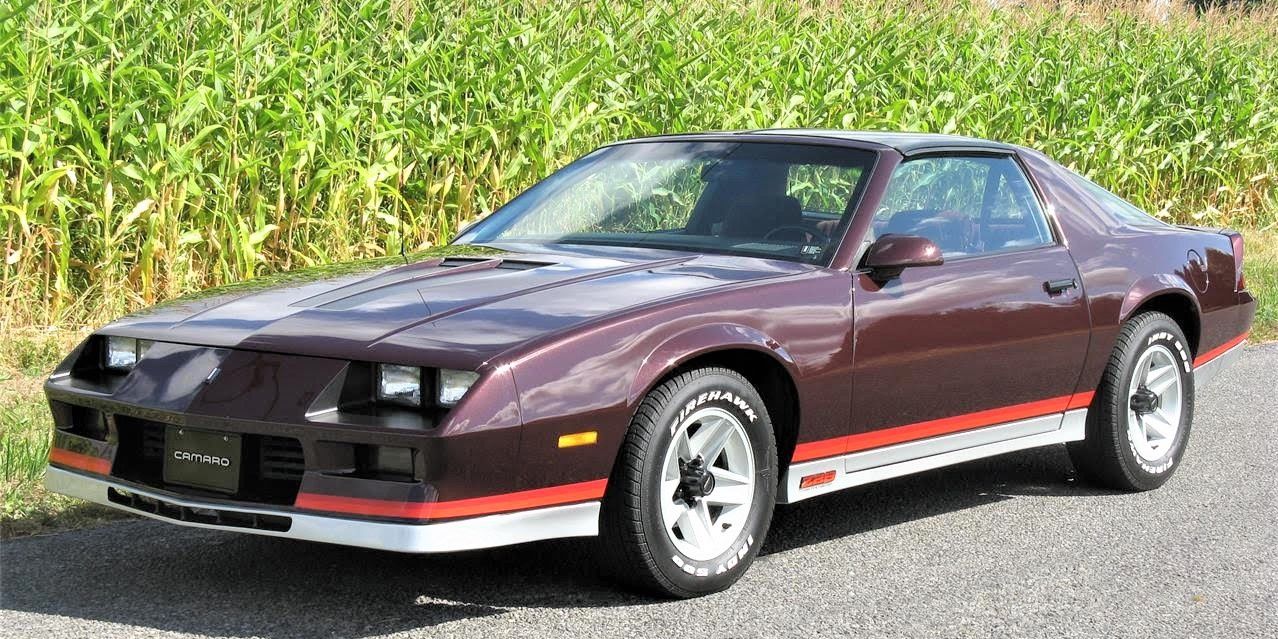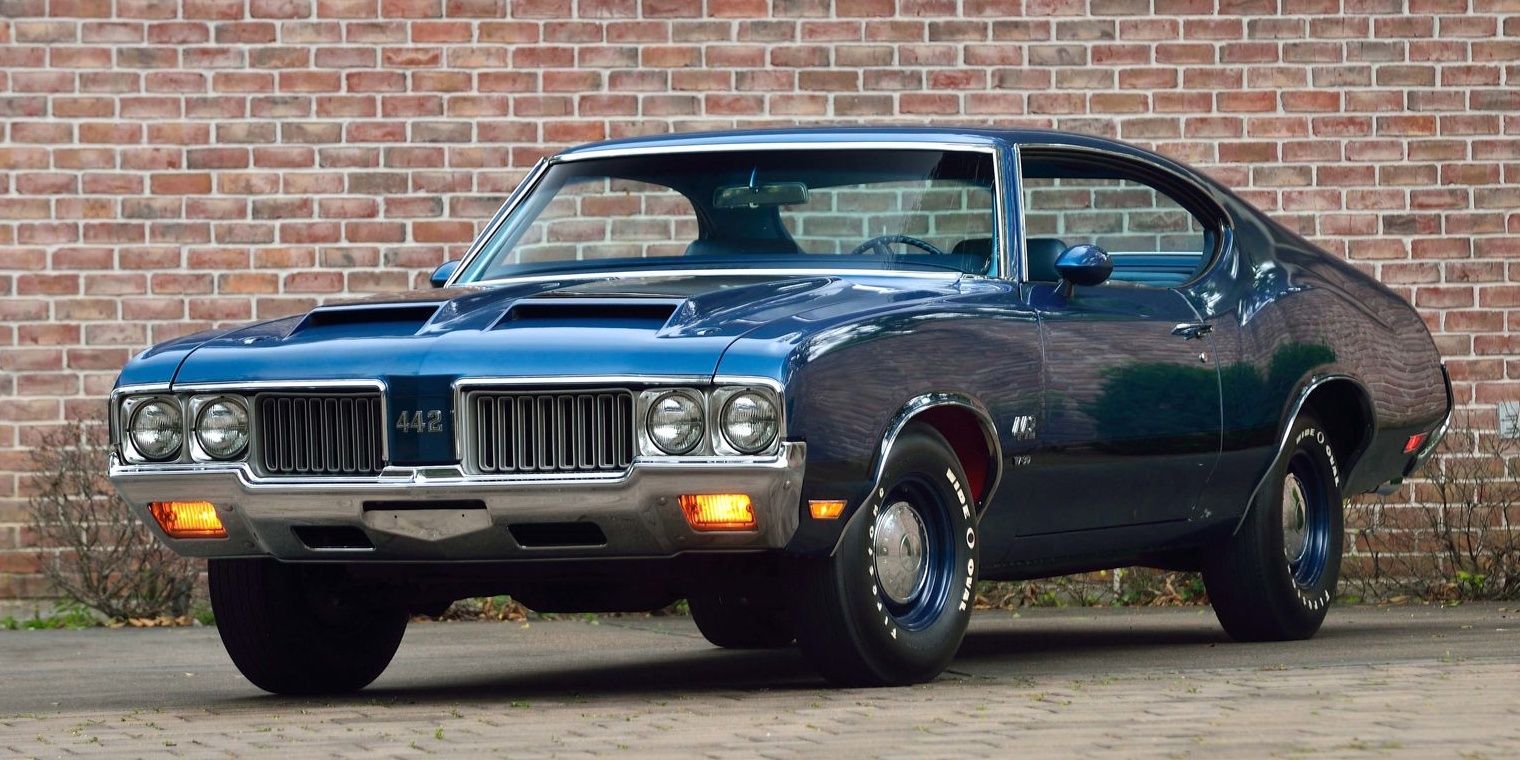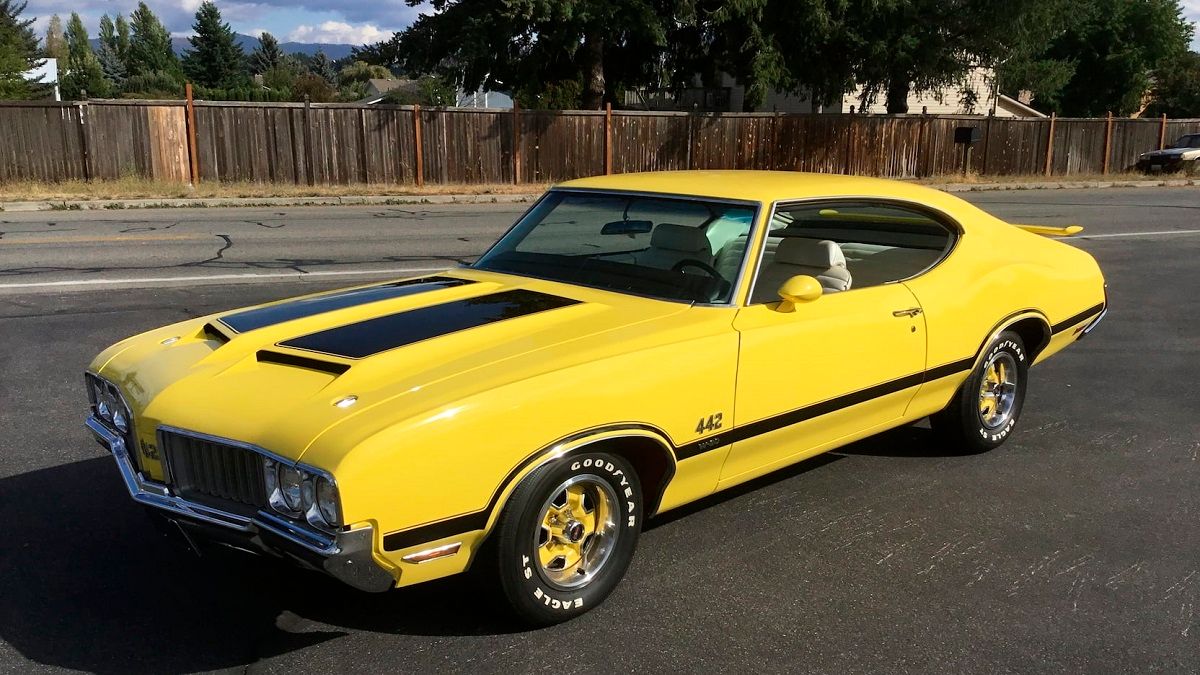When it comes to automobiles, muscle cars represent a period when amazing machines were not constrained by environmental laws, safety standards, and design criteria to get it through the screening process and into production. This is the Wild West of the automotive industry. Even though these limits have been in place to protect the general population's health and safety, many automobile enthusiasts still prefer the more untamed cars. Classic cars have their flaws, but there are also reasons why they're still so popular today.
As a result, the practice of producing muscle cars should have been halted by the introduction of regulatory organizations and vehicular legislation that supervised the safety and pollution criteria of manufacturing vehicles. There was still a market for muscle vehicles, so automotive manufacturers continued to produce them, but with less remarkable versions that didn't have the same power as their predecessors. Classic American muscle cars had a slew of issues that hampered their popularity beyond this time, resulting in the worst muscle cars ever built. Enthusiasts may think the following American classics are pretty cool, but we'll explain to you why they are underwhelming and not as cool.
10 1965 Chevrolet Corvair
A wagon and van were omitted from the 1965 Corvair lineup due to the model's heavy sports focus. However, the resulting car wasn't what Chevy would have hoped it would be. The Corvair was laden with many problems stemming from the engine layout and the choice of suspension.
The result was a car with poor handling and a danger to the driver and other road users. It had some decent power and the fanatics are not wrong for claiming it was a fun drive, but it doesn't seem to have aged so well, thus we included it in our list.
9 Chevrolet Monza
Chevrolet's creation of the Monza is one of many fascinating facts that many people are unaware of. The Monza was based on the Vega chassis, which had previously been plagued by several issues, and was powered by one of the least spectacular Chevrolet V8 engines from the period.
It was initially planned that the Chevrolet Monza would include a Mazda rotary engine, however the concept was eventually rejected due to cost concerns. Furthermore, in 1980, the V8 motor was dropped and replaced with a weak V6 engine, making the Chevrolet Monza much weaker than it previously was.
8 Buick Gran Sport
If you've ever driven a Buick, the Gran Sport isn't a novel concept to you. Previously, Buicks made use of the term to differentiate themselves from their less active competitors. The Gran Sport, by that description, was all muscle and luxury in a package that was a grade below the Cadillacs' more luxurious offerings. The Gran Sport was the culmination of Buick's effort to produce a muscle vehicle of their own, owned by General Motors.
Because of its large size, the Gran Sport was unimpressively heavy, which was ascribed to its bulky proportions. The Buick Gran Sport was incredibly sluggish despite the fact that its engine was capable of producing 175 hp. It's understandable why the Gran Sport was a flop on the market.
7 Pontiac Ventura GTO
The Pontiac-owned Pontiac Ventura GTO, which debuted in 1960, is a bad muscle car, to put it simply. The 1974 model is the poorest one in the series. In terms of performance, the Ventura GTO is one of the worst muscle cars ever made, and this can be shown by the car's meager 0-60 mph time of about 11 seconds.
This automobile came short on power production, just doing a humble 170 hp. Due to their uncontrolled power, most respectable muscle cars are renowned for, but this Ventura GTO is nothing near.
6 Pontiac Firebird
Every now and again, thanks to Hollywood, an automobile becomes a symbol that can be recognized by everybody from automotive enthusiasts to those who have no idea what a Ram Air is. The Firebird was a Pontiac model that succumbed to the technique of name branding, which was popular among vehicle manufactures in the 1990s. For all intents and purposes, it was identical to the Chevrolet Camaro.
The Pontiac Firebird's body shape was somewhat altered, but its engine remained the same as the Camaro's, delivering the same horsepower and torque. However, in the 1970s, this muscle automobile was sought for by everyone.
5 1979 Corvette L48
In terms of styling, the 1979 Corvette is almost identical from the previous year's model. Due to the Indy 500 pace cars and Silver Anniversary models available in 1978, however, it was easy to ignore how rotten the C3 Corvette had become in comparison. In 1979, on the other hand, the automobile was bare, and the suck was evident. 1979's L48 Corvette was powered by a 5.7-liter V8 with 195 horsepower, just enough to move the 3,372-pound car. A persistent monochromatic color scheme based on disco-era hues was used throughout the interior, including on the door panels and dashboard, as well.
It's the 1979 Corvette's most irritating flaw. Even though it was a pitiful jumble of unrelated plastic, it was a huge hit. During the 1979 model year, Chevy sold 53,807 Corvettes. As a result, this is the most popular Corvette ever produced. That reflects poorly on the status of affairs in the United States in 1979.
4 1971 Chevy Vega
As one of General Motors' most troubled vehicles, the Chevrolet Vega is notorious for engine problems including head-gasket failures. To believe the Vega was an example of GM's arrogance and a low-cost vehicle for a population that would cease purchasing foreign subcompacts as soon as there were credible American competitors is a bit of an overstatement.
The truth was quite the reverse. In theory, the Vega should have been the most technologically sophisticated compact automobile on the market because of the use of innovative methods and procedures in its development and production.
3 Dodge Aspen R/T
We can see in the past how cars turned out to be troublesome poo tubs by looking back. After all, before their self-created hurdles, the Aspen and Volare seemed to be fairly revolutionary automobiles in late 1975. Dodge's Aspen R/T has to be one of the worst vehicles ever made by the company. Because of the amount of recalls for the Aspen R/T, the firm decided to stop selling the vehicle.
The car's rotten corrosion was the most common cause for customers to return it. Aspen R/destiny T's was sealed despite Dodge's efforts to fix its flaws, and this four-wheeler was doomed.
2 3rd-Generation Chevrolet Camaro
Although the Chevrolet Camaro was meticulously planned and designed, some variants were a complete and total disaster. The underpowered engine in the Chevrolet Camaro, particularly in the 1982 model year, was a big factor in the car's demise. Despite a 5-liter V8 engine, the Chevrolet Camaro could only generate 145 horsepower.
When it comes to muscle cars, the Chevrolet Camaro is one of the slowest ever—except for the Iron Duke edition, which took a whopping 20 seconds to accelerate from 0 to 60 mph. As a result, this American muscle automobile should be avoided by everyone.
1 Oldsmobile 442
It wasn't groundbreaking for Oldsmobile to develop a muscle car but the execution of this specific model quickly became popular. The Oldsmobile 442 was a high-profile vehicle whose moniker was derived from its distinctive styling.
The reality was rather different. Because of its lack of trim choices, the Oldsmobile 442 was a flop with buyers, despite being named after its four-speed automatic gearbox, four-barrel carburetor, and dual twin exhaust pipes. Customers want to be able to choose from a variety of available models, something the Oldsmobile 442 failed to provide. In addition, despite its steep price tag and 7.5-liter engine, its performance was disappointing.

